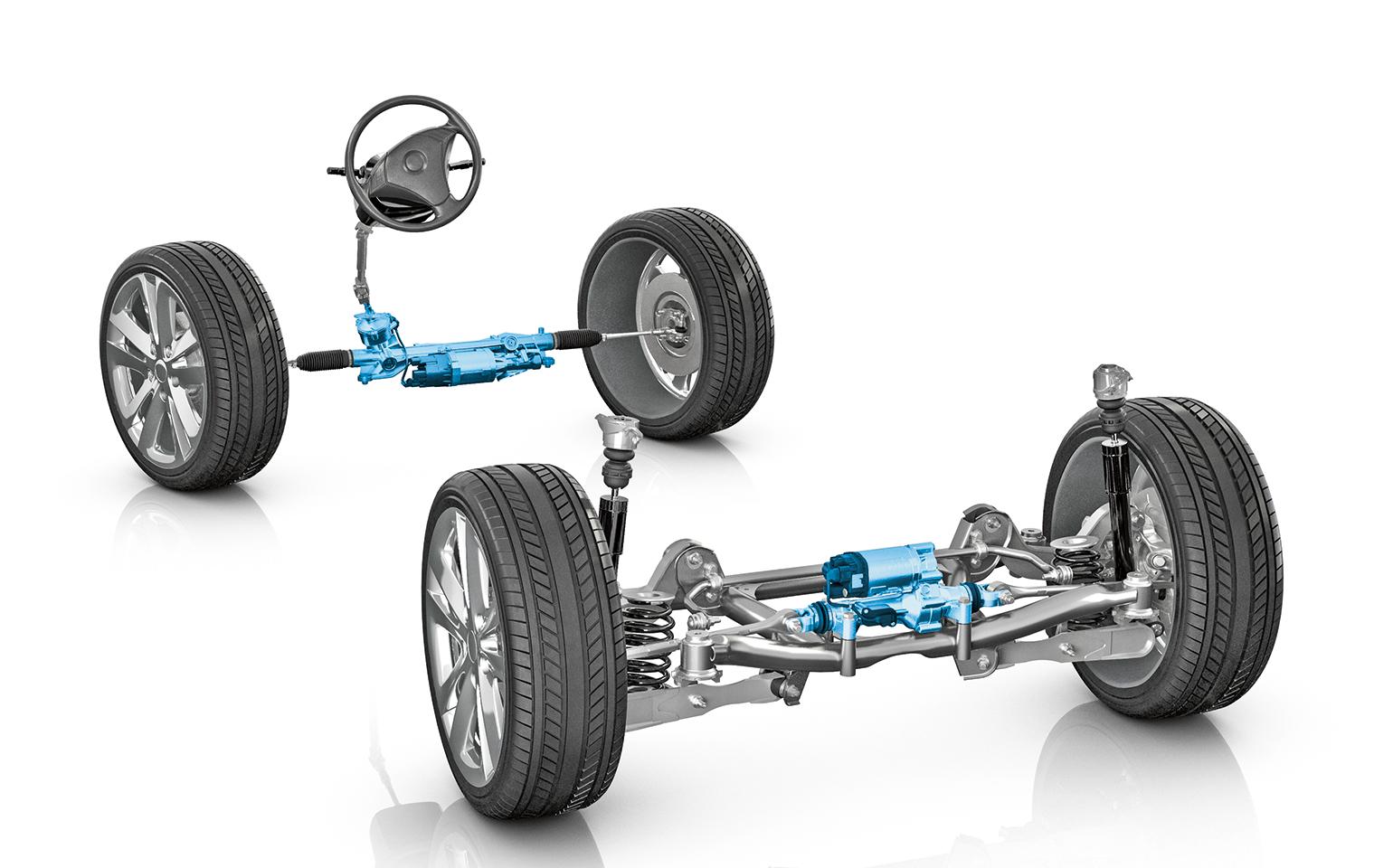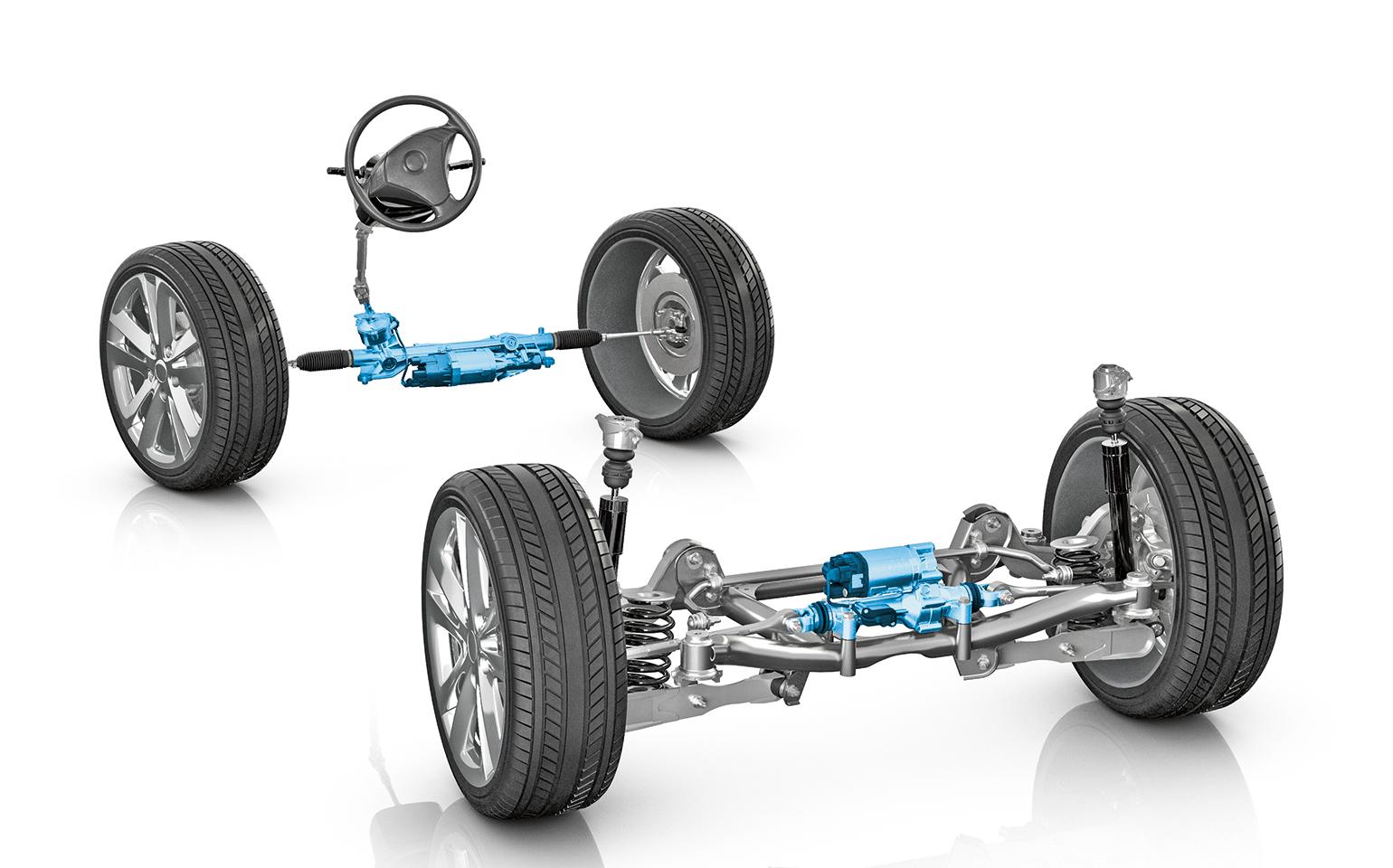As a professional writer, the question “How many axles on a car for brakes?” might seem simple, but it’s actually a crucial aspect of vehicle safety. Understanding how many axles your car has can determine how effective your brakes are in stopping your vehicle. The number of axles on your car can also affect your car’s overall performance, handling, and stability on the road.
In this article, we’ll explore the importance of axles in the braking system of a car, how to determine the number of axles in your vehicle, and why it’s essential to understand this aspect of your car’s mechanics. Whether you’re a car enthusiast or a driver looking to improve your vehicle’s safety and performance, this article will provide valuable insights into the critical role that axles play in your car’s braking system.
Most cars have two axles, one in the front and one in the rear. Both of these axles have brakes, making a total of four brakes on a car. However, some high-performance cars may have more than two axles, but they still have brakes on all of them.

How Many Axles on a Car for Brakes?
When it comes to car brakes, one of the most important components is the number of axles. Axles are the shafts that connect the wheels to the car’s body and allow it to move. But how many axles are needed for brakes to work effectively? In this article, we will explore the answer to this question in detail.
Understanding Axles and Brake Systems
Axles are vital components of a car’s braking system. When a driver presses the brake pedal, it triggers a complex process that ultimately slows the car down or brings it to a complete stop. This process involves the brake pads, which press against the wheels to create friction and slow the car’s momentum.
Most cars have two axles, one at the front and one at the back. However, some larger vehicles, such as trucks and buses, may have more axles to support their weight and improve stability. Regardless of the number of axles, each one is connected to the brake system to ensure that the car can slow down or stop effectively.
Single Axle Brakes
Cars with only one axle can still have effective brakes, but they may not be as efficient as those with two or more axles. The brake pads on a single axle car need to work harder to slow down the car’s momentum, which can cause them to wear out more quickly.
However, single axle brakes are still ideal for smaller cars or those with less weight to slow down. They are also less expensive to maintain and repair than cars with multiple axles.
Double Axle Brakes
Most cars have two axles, one at the front and one at the back. This means that there are four wheels connected to the brake system, which improves the car’s overall stopping power. Double axle brakes are more efficient than single axle brakes because the brake pads have more surface area to press against.
Double axle brakes are suitable for most cars, including sedans, SUVs, and pickup trucks. They offer a balance of effective stopping power and ease of maintenance.
Triple Axle Brakes
Some larger vehicles, such as trucks and buses, may have three or more axles. These vehicles need to be able to slow down and stop effectively, even when carrying heavy loads. Triple axle brakes offer more stopping power than double axle brakes because they have more wheels connected to the brake system.
However, triple axle brakes are more complex and expensive to maintain than double axle brakes. They are also not necessary for most passenger cars.
Benefits of Multiple Axle Brakes
There are several benefits to having multiple axles connected to the brake system. First, they offer more stopping power than single axle brakes, which is especially important for larger vehicles. Second, they distribute the braking force more evenly across the wheels, reducing wear and tear on the brake pads.
Finally, multiple axle brakes can improve the overall safety of the vehicle by allowing it to stop quickly and effectively in an emergency.
Single Axle Brakes vs. Double Axle Brakes
When it comes to choosing between single axle and double axle brakes, it depends on the size and weight of the car. Smaller cars and those with less weight can function well with single axle brakes, while larger vehicles need the additional stopping power of double axle brakes.
Single axle brakes are also less expensive to maintain and repair than double axle brakes, making them a more cost-effective option for smaller cars.
Conclusion
In conclusion, the number of axles on a car for brakes is an important factor to consider when choosing a vehicle or maintaining one. Single axle brakes are suitable for smaller cars, while double axle brakes are more efficient for most passenger vehicles.
Triple axle brakes are reserved for larger vehicles that require more stopping power, such as trucks and buses. Regardless of the number of axles, it’s essential to keep the brake system well-maintained to ensure safe driving and prevent accidents.
Key Takeaways: How Many Axles on a Car for Brakes?
If you’re wondering how many axles a car needs for brakes, the answer is simple – two! Most cars have two axles, and each axle has two wheels. This means that a typical car has four wheels, which all need to be equipped with brakes to ensure safe and effective stopping power.
Here are some key takeaways to keep in mind when it comes to the number of axles on a car for brakes:
- A car with two axles has four wheels and needs four brakes.
- Brakes on each wheel help slow down the vehicle and bring it to a stop.
- Regular maintenance and inspections of the brakes are crucial for safety on the road.
- Different types of vehicles may have more than two axles and require additional sets of brakes.
- Brake pads, rotors, and calipers are all important components of the brake system and should be checked regularly.
Remember, having properly functioning brakes is essential for safe driving. If you have any concerns about your brakes, it’s always best to have them inspected by a qualified mechanic.
How To: Measure Axle Offset for Rear Disc Brakes
As a professional writer, it’s my job to provide you with a clear and concise answer to the question “How Many Axles on a Car for Brakes?” The answer to this question is simple – most cars have two axles, and each axle has its own set of brakes. This means that most cars have four brakes in total, with two located at the front and two located at the rear.
However, it’s important to note that some cars may have more than two axles, such as larger vehicles like trucks and buses. In these cases, there may be additional sets of brakes located on each axle. Regardless of the number of axles, it’s crucial to ensure that your brakes are in good working condition to ensure the safety of yourself and others on the road. Routine maintenance and inspection of your brakes can help prevent accidents and prolong the life of your vehicle.

